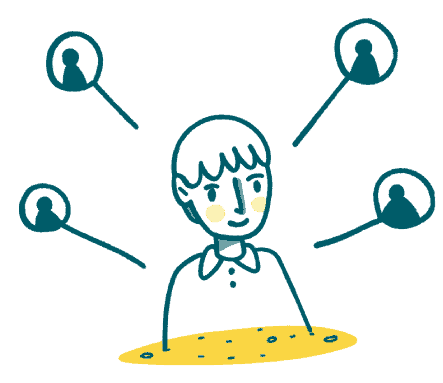National Funeral Directors & Services UK
Specialising in Direct Cremations
Our Prices Start From Only £1,195.00
We have a dedicated team working 24 hours a day 365 days a year to ensure we can respond to your requirements as and when needed.


Who we are
& What we do.
Grown from a small family business of caring professionals who are dedicated to caring for your loved one from the initial call right through to setting the stone.
We offer affordable funerals nationwide with various options to suit all lifestyles, religions and budgets.

Why choose us?
We are committed to ensuring that you receive excellent service and value for money whilst guaranteeing your loved ones funeral is exactly as you wish it to be.

”Whether you need to arrange a funeral for your loved one or make preparations for your own funeral we are here to help you. 24 hours a day 7 days a week 365 days a year.

We guarantee to provide you with a first class service
We will work with you every step of the way to ensure you receive excellent service.

We pride ourselves in fulfilling your desired requests
Whatever your wishes we will do our utmost to facilitate them.

We are on hand 24 hours a day to answer your questions
Whatever your wishes we will do our utmost to facilitate them.
We are committed to ensuring your loved ones funeral is exactly as you wish it to be.
We have a dedicated team working 24 hours a day 365 days a year to ensure we can respond to your requirements as and when needed.

Frequently asked questions.
We understand that you may have a lot of questions and the following may answer some of them, however if you have any other questions please contact us. There is no such thing as a daft question.
What happens after I call?
We will tell you the names of the team members who are collecting your loved one. The team will give you a realistic time of arrival and keep you updated and informed at all times.
What are your business hours?
We are available to help you 24 hours a day, 7 days a week on 0800 111 4971.
What is the order of service for a funeral?
An order of service can be described simply as every item or event that’ll take place at a funeral. Outlined in a pamphlet or booklet, it’s usually handed to attendees at a funeral to help them follow up on events and know what to expect next.
What types of funerals are there?
There are six most common funeral services in the UK
- Faith-Based Funerals
- Non-religious Funerals
- Direct Burial or Cremation
- Celebration of Life
- Burial at Sea
- Eco-Friendly
What is the Best Funeral Plan in the UK?
A funeral plan is an option available to people aged 50 and above to pay for the cost of a funeral before their passing. It allows you to plan ahead by paying upfront and making arrangements before they are necessary. In the event of the policyholder’s passing, the money is used to cover their funeral costs.
What Are the Alternatives to a Funeral?
What are the alternatives to a funeral? They include:
- Cremation
- Woodland burial
- Humanist funeral
- DIY funeral
Can you guarantee the ashes returned, are my loved ones?
This is a common question and yes we can guarantee 100% that the ashes returned to you are the ashes of your loved ones. We are happy to explain the process in more detail if it would ease your mind.
What is a direct cremation?
Direct cremations are becoming increasingly popular because of their no fuss format. These are cremations where no family members are in attendance. We will notify you of the day of the cremation and these usually take place first thing in the morning. If required we will then collect the ashes and help you to arrange a celebration of life when you are ready.
What is the cheapest funeral possible?
SunLife’s 2021 report states that the cost of dying in the UK is an average of £8,864. It includes the funeral service, professional fees, and additional charges like a wake. Meanwhile, getting a basic funeral costs around £4,056.
The fee could be lower depending on the funeral service you’ll prepare. According to the report, a direct cremation costs an average of £1,647.
Rates also depend on your location. For example, the cheapest place to die in the UK is Northern Ireland at £3,056 on average, while the most expensive area for a funeral is London at around £5,358.
Who has to pay for a funeral?
After losing your loved one, the questions that inevitably arise are; what are, how to cover, and who should cover the funeral costs? In the moment of sadness, a sense of duty starts to appear.
The person named in the deceased’s will as the executor is primarily responsible for all funeral arrangements.
In the absence of a Will, the probate court will appoint an appropriate person, usually the nearest relative. The costs, however, should come from the deceased person’s estate (savings, property, and other assets). But, if the person who passed away didn’t have any assets, the ‘executor’ is expected to plan and arrange funeral payments.
How much does a funeral cost 2022 UK?
Although the cost of funerals seems to have risen lately, it has actually decreased for the first time in the past 18 years. It has only gone down by less than 5 per cent, but a decrease is a decrease nonetheless. In 2022, the average cost for a funeral in the UK is 4,056 pounds. The price can go up or down depending on what type of service you choose.
What is the cheapest way to have a funeral in the UK?
You can book an affordable funeral here
To learn more about what is the cheapest possible way to have a funeral in the UK, Read here.

